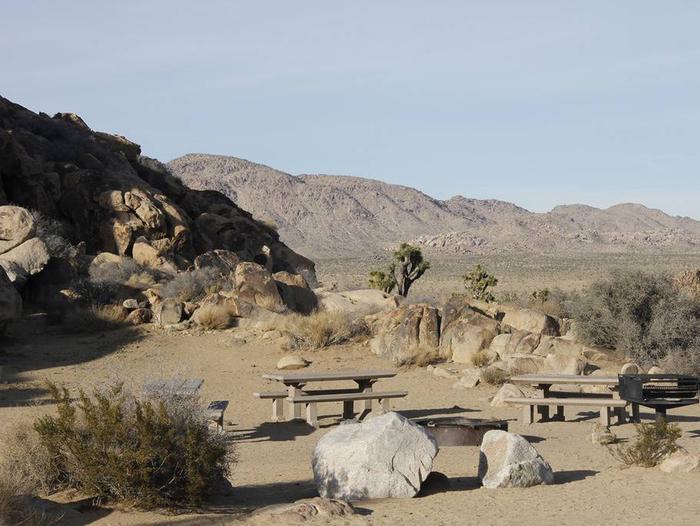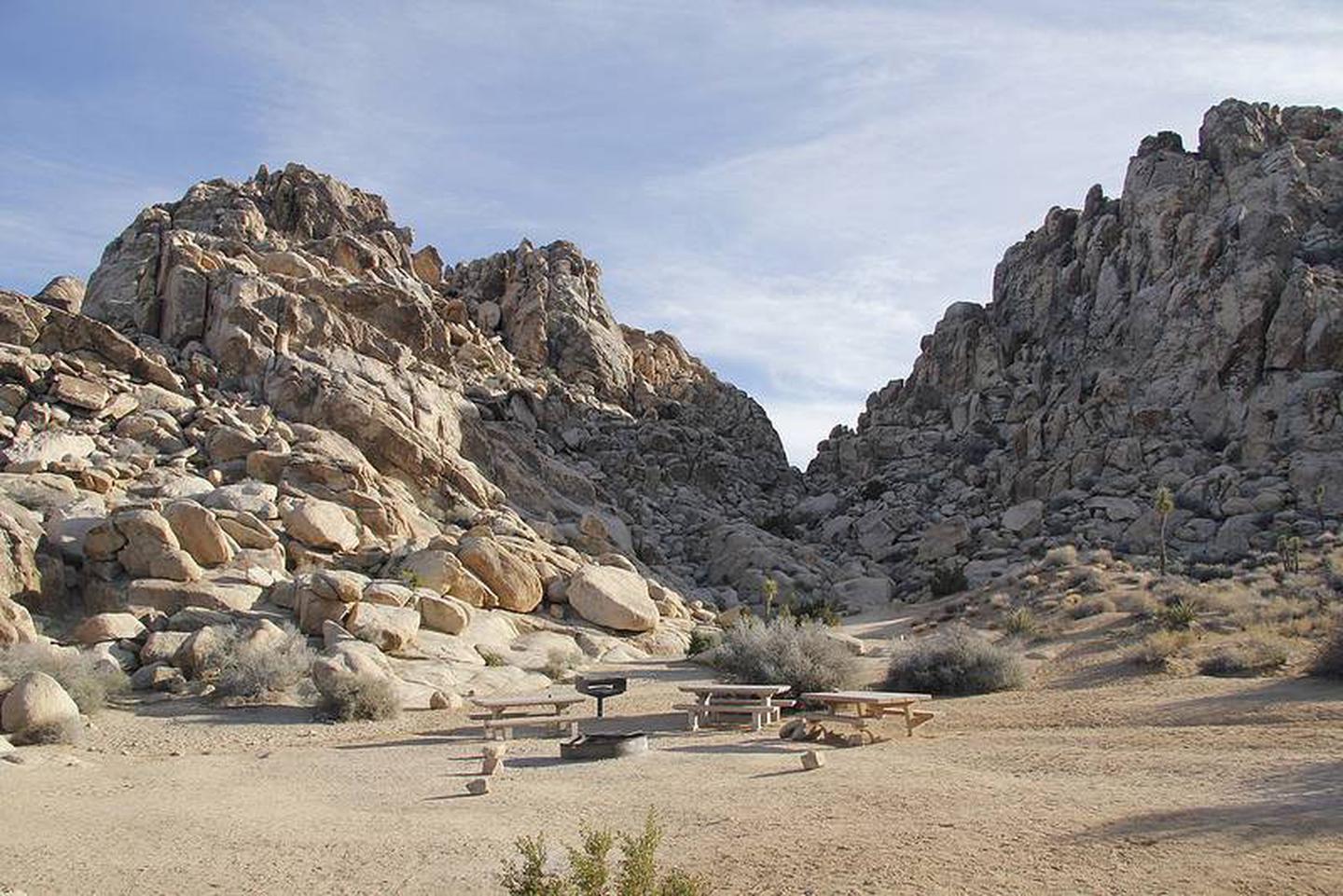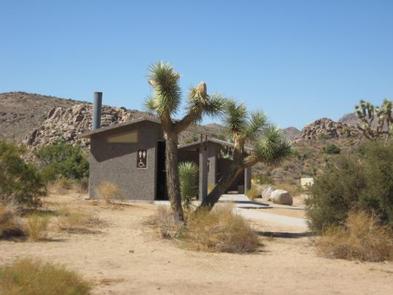Sheep Pass Group
Joshua Tree National Park, Near Joshua Tree, California
Sheep Pass Group does not offer reservations through Recreation.gov. Please take a look at the area details below for more information about visiting this location. Enjoy your visit!
Overview
Download the NPS app prior to visiting the park – trail maps and more! Sheep Pass Group Campground is centrally located within Joshua Tree National Park in Southern California and is easily accessible to hiking trails and rock climbing routes. It is one of three group campgrounds in the park. Towering rock formations and uniquely-shaped Joshua trees surround the facility. To get the most out of your visit Plan Like a Park Ranger Travelers who enjoy warm, dry winters flock to Joshua Tree from October through May, when temperatures hover in the 70 to 90-degree range during the day and drop to a 40 to 60-degree range at night. Summer is the park's off-season due to the uncomfortably-high desert heat. Sheep Pass is at an elevation of 4,500 feet and has a mix of both sun and shade. Sheep Pass is very close to many hiking trails, popular rock climbing routes and a central location for sightseeing within the park.There are six group sites within the campground. Electrical hookups and drinking water are not provided.The distinctive shape of Joshua trees and the huge rocks that surround them draw tourists and scientists alike to the national park. Joshua trees are a member of the yucca family that have long evergreen leaves, shaggy bark and bunches of white flowers that bloom in spring. The rocks were formed by volcanic activity millions of years ago and have been exposed and shaped by wind and water over time. They brighten with soft pastel hues in the morning and evening sunlight and glow with campfire light at night. Visitors may want to keep their eyes out for typical desert inhabitants such as lizards, rattlesnakes, scorpions, ravens, squirrels, coyotes and desert tarantulas during the cooler months of the year. Bobcats and mountain lions do live in the park, however they are rarely seen near humans.



